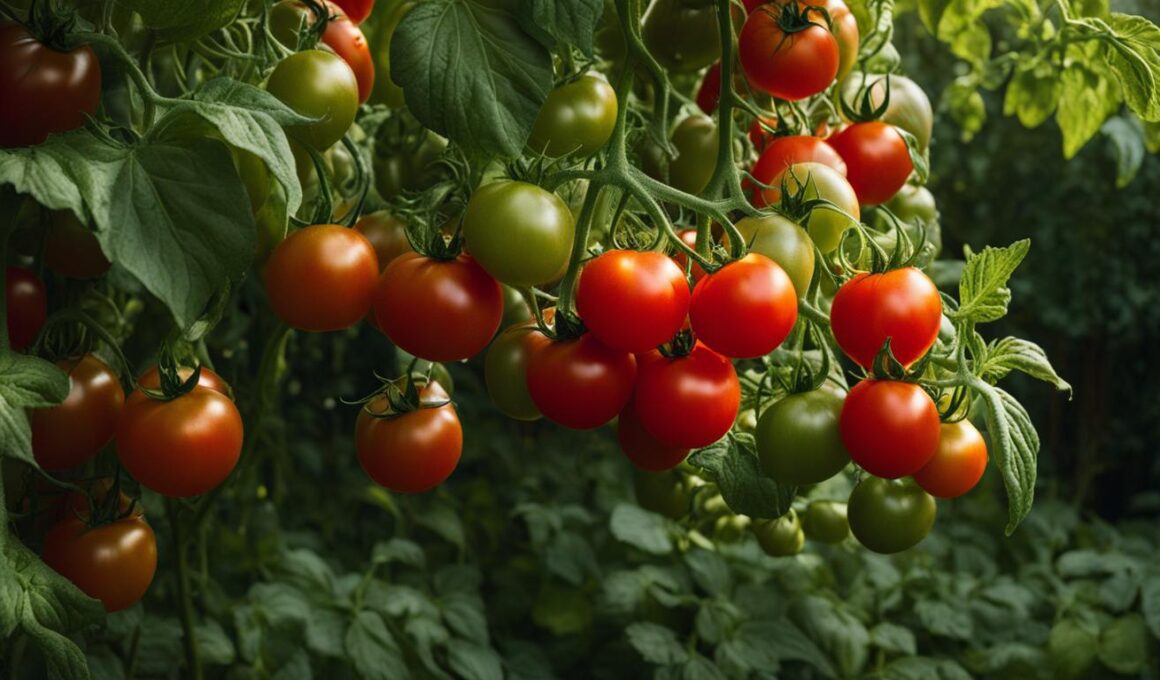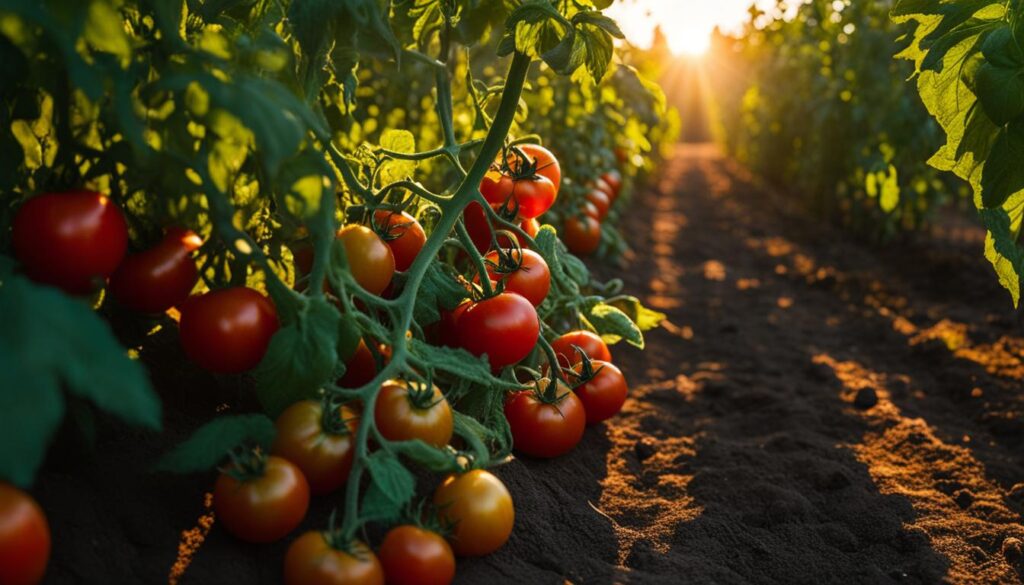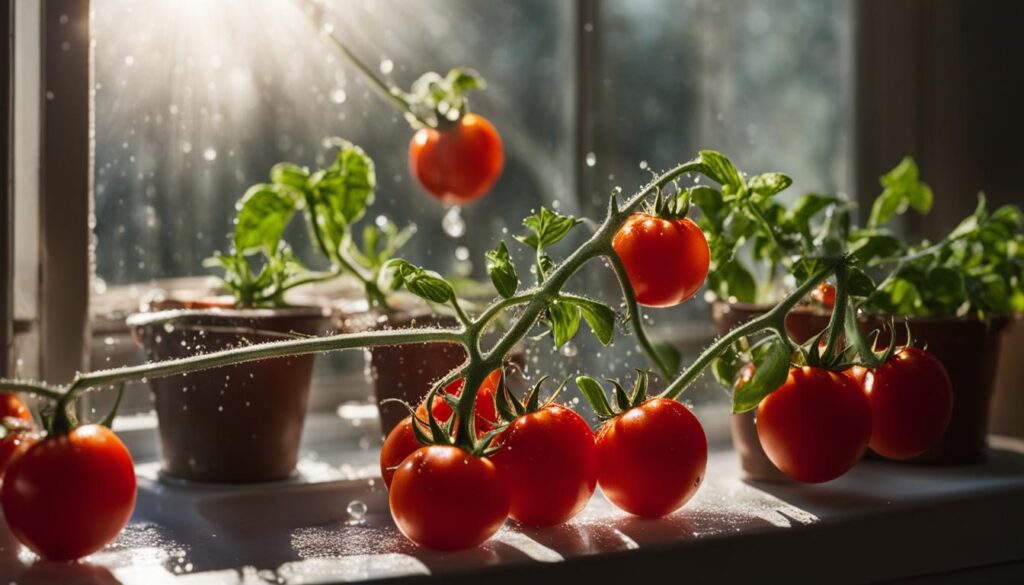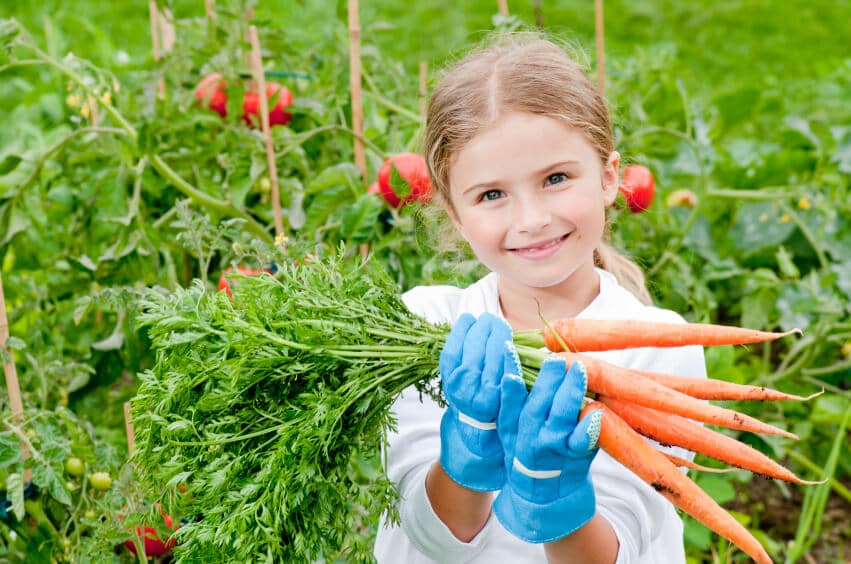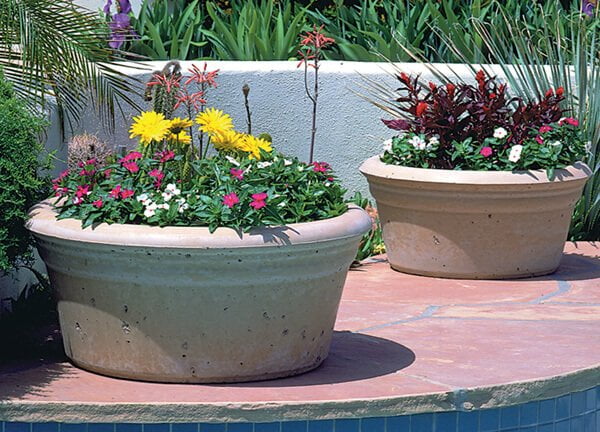Tomatoes are a beloved vegetable in many gardens, known for their vibrant colors and delicious taste. But what if you don’t have a spot in your garden that receives direct sunlight? Can tomatoes still grow and thrive in indirect sunlight? Let’s find out.
Tomatoes are traditionally grown in warm-weather conditions and are known to require full sun exposure for optimal growth. They need a minimum of six to eight hours of direct sunlight per day to produce a bountiful harvest. Sunlight is essential for tomato plants as they convert it into energy, which is necessary for growth and fruit production. However, while tomatoes prefer full sun, they can still grow in indirect sunlight, albeit with potentially reduced productivity.
So, if you have a spot in your garden that only receives indirect sunlight, don’t despair. There are still ways to successfully grow tomatoes and enjoy a tasty harvest. One option is to choose tomato varieties that are more tolerant of shade or indirect sunlight. Another option is to supplement the lack of direct sunlight with artificial light, especially if you are growing tomatoes indoors. Providing the proper amount and intensity of light can help maintain the productivity of your tomato plants.
Post Summary
- Tomatoes need a minimum of six to eight hours of direct sunlight per day for optimal growth and fruit production.
- While tomatoes prefer full sun, they can still grow in indirect sunlight, although their productivity may be reduced.
- Choosing tomato varieties that are more tolerant of shade or indirect sunlight can help improve their performance in less sunny spots.
- Supplementing the lack of direct sunlight with artificial light is an option, especially for indoor tomato gardening.
- Providing the proper amount and intensity of light is crucial to maintaining the productivity of tomato plants in indirect sunlight conditions.
The Importance of Sunlight for Tomato Plants
When it comes to tomato plants, sunlight plays a crucial role in their growth and productivity. Sunlight is the primary source of energy for these plants, allowing them to carry out photosynthesis and produce the sugars they need for growth and fruit production. Without sufficient sunlight, tomato plants may not have enough energy to thrive and produce abundant fruit.
Tomato plants require a minimum of six to eight hours of direct sunlight per day to ensure optimal growth and yield. During this time, they convert sunlight into energy, which fuels their growth and supports the production of juicy, flavorful tomatoes. While tomato plants can tolerate some shade or indirect sunlight, their productivity may be reduced in these conditions. So, it’s best to provide as much direct sunlight as possible for these sun-loving plants.
Indoor gardening enthusiasts can still grow tomatoes successfully by providing the proper artificial light to supplement the lack of direct sunlight. LED grow lights, specifically designed for plants, can mimic the spectrum of natural sunlight and provide the necessary light intensity for tomato plants. By using these lights, you can ensure that your tomatoes receive the required amount of light energy for robust growth and bountiful fruit production.
| Key Points | Benefits of Sunlight for Tomato Plants |
|---|---|
| 1 | Energy Production: Sunlight is converted into energy through photosynthesis, supporting growth and fruit production. |
| 2 | Optimal Growth: Tomato plants require at least six to eight hours of direct sunlight per day for robust growth and high yield. |
| 3 | Increased Productivity: Ample sunlight leads to higher productivity, with more abundant and flavorful tomatoes. |
| 4 | Supplementing Artificial Light: Indoor gardeners can use LED grow lights to provide the necessary light energy for tomato plants. |
By understanding the importance of sunlight for tomato plants, you can optimize their growth and productivity. Whether you’re growing tomatoes in your backyard or indoors, ensuring they receive the right amount of direct or artificial light will contribute to healthy, thriving plants and a bountiful tomato harvest.
Sunlight Requirements for Tomato Plants
Tomato plants thrive when exposed to full sun, which means they require at least six to eight hours of direct sunlight per day. The more sunlight they receive, the better their growth and productivity. While tomato plants can tolerate some shade or indirect sunlight, their productivity may be affected. If you are growing tomatoes in an area with limited sunlight, such as indoors or in a shaded garden, you can supplement the lack of direct sunlight with artificial light. Providing the proper amount and intensity of light will help maintain the productivity of the tomato plants.
Sunlight Requirements for Tomato Plants
| Hours of Sun | Productivity |
|---|---|
| 6-8 hours | Optimal growth and fruit production |
| 4-6 hours | Reduced productivity |
| 2-4 hours | Significantly reduced productivity |
| Less than 2 hours | Poor growth and minimal fruit production |
The table above illustrates the impact of sunlight hours on the productivity of tomato plants. To ensure optimal growth and fruit production, it is crucial to provide at least six to eight hours of direct sunlight per day. This will provide the plants with sufficient energy to thrive. However, if your growing conditions have limited sunlight, it may be necessary to consider alternative options such as artificial light or selecting tomato varieties that are more suitable for shade or indirect sunlight.
“Proper sunlight is essential for the healthy development and productivity of tomato plants. While they can tolerate some shade or indirect sunlight, providing them with at least six to eight hours of direct sunlight per day is ideal for optimal growth and fruit production.” – Gardening Expert
Remember, tomato plants are sun-loving and perform best when they receive ample sunlight. While they can adapt to different conditions, it is important to meet their sunlight requirements for optimal results. By providing the right amount of sunlight, whether natural or artificial, you can ensure that your tomato plants thrive and produce a bountiful harvest.
Can Tomato Plants Grow in Indirect Sunlight?
Tomato plants have a reputation for thriving in warm weather conditions and flourishing under full sun exposure. However, if you find yourself in a situation where your tomato plants are getting indirect sunlight, don’t despair. While tomato plants prefer direct sunlight, they can still grow in indirect sunlight, though their productivity may be slightly reduced.
When tomato plants are exposed to indirect sunlight, they receive less energy from the sun, which can affect their overall growth and fruit production. Tomato plants convert sunlight into energy through photosynthesis, and the more sunlight they receive, the more energy they have to produce fruit. In indirect sunlight, tomato plants may not have as much energy to allocate towards fruit production, resulting in fewer tomatoes.
To combat the reduced productivity in indirect sunlight, there are a few steps you can take. One option is to supplement the lack of direct sunlight with artificial light. By providing the proper amount and intensity of artificial light, you can help maintain the growth and productivity of your tomato plants. Another option is to choose tomato plant varieties that are more tolerant of lower light conditions. Certain varieties, such as determinate tomatoes, have a shorter growing season and may be better suited for areas with limited sunlight.
| Pros of Growing Tomato Plants in Indirect Sunlight | Cons of Growing Tomato Plants in Indirect Sunlight |
|---|---|
| ● Can still produce some tomatoes | ● Reduced productivity and fruit yield |
| ● Can tolerate lower light conditions | ● Less energy for growth and fruit production |
| ● Can be supplemented with artificial light | ● Limited selection of tomato varieties |
| ● Shorter growing season varieties available | ● Potential for leggy plants |
While tomato plants can grow in indirect sunlight, it’s important to note that they will thrive and produce more abundant fruit in full sun conditions. If possible, try to provide at least six to eight hours of direct sunlight per day for your tomato plants. By doing so, you’ll maximize their growth and productivity, ensuring a bountiful harvest of delicious tomatoes.
Optimal Sunlight Conditions for Tomato Plants
Tomato plants thrive in full sun conditions, receiving at least six to eight hours of direct sunlight per day. This provides them with the necessary energy for growth and fruit production. However, if you are unable to provide full sun conditions, tomato plants can tolerate partial shade or indirect sunlight. They can still grow and produce fruit, although their productivity may be reduced. If you are growing tomatoes in an area with limited sunlight, it is important to find a spot that receives the most sunlight throughout the day to maximize their growth and productivity.
Sunlight Conditions for Tomato Plants
| Light Conditions | Growth and Productivity |
|---|---|
| Full Sun (6-8 hours of direct sunlight per day) | Optimal growth and maximum fruit production |
| Partial Shade (3-6 hours of direct sunlight per day) | Slightly reduced productivity but still suitable for growth |
| Indirect Sunlight (1-3 hours of direct sunlight per day) | Reduced productivity, may require supplemental artificial light |
Although tomato plants can tolerate some shade or indirect sunlight, it’s important to note that their preference is for full sun conditions. The more direct sunlight they receive, the better their growth and productivity. In partial shade or indirect sunlight, tomato plants may stretch towards the light source and have weaker stems. They also have a higher risk of fungal diseases due to reduced air circulation. Therefore, it is recommended to prioritize providing as much direct sunlight as possible for optimum tomato plant growth.
Remember that in areas with limited sunlight, you can supplement the lack of direct sunlight with artificial light. This can help maintain the growth and productivity of the tomato plants. Choose a spot that receives the most sunlight throughout the day and consider using grow lights to ensure the plants receive adequate light intensity. By providing the optimal sunlight conditions, tomato plants will be healthier and more productive, giving you a bountiful harvest of delicious tomatoes.
Sunlight and Tomato Plant Varieties
When it comes to tomato plant varieties, different types have varying sunlight requirements. This is an important factor to consider when planning your garden or indoor growing space. Two common types of tomato plants are determinate and indeterminate varieties.
Sunlight Requirements for Determinate Tomato Plants
Determinate tomato plants have a specific height and stop growing once they reach it. These varieties are known for producing their fruit all at once, typically over a shorter period. Determinate tomato plants require at least six to eight hours of direct sunlight per day to ensure optimal productivity and fruit development.
Sunlight Requirements for Indeterminate Tomato Plants
Indeterminate tomato plants, on the other hand, continue to grow and produce fruit throughout the growing season. These varieties benefit from consistent sunlight and have a longer fruiting period. Indeterminate tomato plants also require at least six to eight hours of direct sunlight per day for optimal productivity and continuous growth.
| Tomato Plant Variety | Sunlight Requirements |
|---|---|
| Determinate | At least six to eight hours of direct sunlight per day |
| Indeterminate | At least six to eight hours of direct sunlight per day |
Regardless of the tomato plant variety you choose, ensuring they receive enough sunlight is crucial for their overall health and productivity. Providing the recommended hours of direct sunlight will help your tomato plants thrive and produce a bountiful harvest.
The Impact of Sunlight Conditions on Tomato Growth
The sunlight conditions tomatoes receive throughout the day can directly impact their growth and productivity. Morning sunlight provides a gentle wake-up call, energizing the plants and setting the stage for a productive day of growth. Midday sunlight is intense and requires protection to prevent sunburn or dehydration. Afternoon sunlight helps sustain plant growth and development, ensuring a steady supply of nutrients for fruit production.
| Time of Day | Sunlight Conditions | Impact on Tomato Plants |
|---|---|---|
| Morning | Less intense, high-intensity light | Energizes plants, facilitates photosynthesis and growth |
| Midday | Brightest and hottest | Requires shade or protection to prevent sunburn or dehydration |
| Afternoon | Less intense, beneficial for growth | Sustains growth and development, provides nutrients for fruit production |
Understanding the impact of sunlight conditions throughout the day can help you create an optimal environment for your tomato plants’ growth. By providing the right balance of light and shade, you can ensure healthy plants that produce a plentiful harvest.
Sunlight and Watering Requirements for Tomato Plants
When it comes to growing healthy and productive tomato plants, providing the right amount of sunlight and water is crucial. Sunlight is essential for tomato plants as they convert it into energy for growth and fruit production. In order to ensure optimal growth, tomato plants require at least six to eight hours of direct sunlight per day. This provides them with the necessary energy to thrive and produce abundant fruit.
In addition to sunlight, proper watering is equally important for the health of tomato plants. Consistent and regular watering helps prevent the plants from drying out or becoming overwatered. It is recommended to water tomato plants deeply, ensuring that the soil is evenly moist. Avoid overwatering, as this can lead to root rot and other diseases.
When determining the watering schedule, it’s important to consider factors such as the weather conditions, soil type, and stage of growth. During hot and dry weather, tomato plants may require more frequent watering to compensate for the increased evaporation. However, be cautious not to water excessively, as this can lead to waterlogged soil.
In summary, providing adequate sunlight and proper watering is essential for the growth and fruit production of tomato plants. Aim for at least six to eight hours of direct sunlight per day and water deeply and consistently to maintain optimal soil moisture levels. By meeting these requirements, you’ll be well on your way to growing healthy and productive tomato plants.
Conclusion
In conclusion, tomatoes can grow in indirect sunlight, but they thrive and produce more fruit in full sun conditions. To ensure optimal growth and productivity, tomato plants require at least six to eight hours of direct sunlight per day. Although they can tolerate some shade or indirect sunlight, their productivity may be reduced in these conditions.
If you are growing tomatoes in an area with limited sunlight, there are a few gardening tips to help maximize their growth. First, consider supplementing the lack of direct sunlight with artificial light. This will provide the necessary energy for the tomato plants to thrive and produce fruit. Additionally, it is important to find the sunniest spot available in your garden or indoor growing space to optimize sunlight conditions.
In addition to sunlight, proper watering and care are essential for healthy and productive tomato plants. Consistent watering and ensuring the right amount of sunlight will help prevent drying out or overwatering, and promote optimal growth and fruit production. Remember to provide the optimal sunlight conditions and maintain regular watering to enjoy a bountiful harvest of delicious tomatoes.
In summary, while tomatoes can grow in indirect sunlight, they perform best in full sun conditions. They require at least six to eight hours of direct sunlight per day for optimal productivity. By supplementing with artificial light and finding the sunniest spot available, along with proper watering and care, you can ensure healthy and productive tomato plants in your garden.
Are There Other Vegetables That Can Thrive in Indirect Sunlight Like Peppers?
Yes, there are several vegetables that can thrive in indirect sunlight just like growing peppers in indirect sunlight. Some options include leafy greens like spinach and lettuce, root vegetables such as beets and carrots, and herbs like parsley and cilantro. These plants can still produce a healthy yield with limited direct sunlight.
FAQ
Can tomatoes grow in indirect sunlight?
Tomato plants can tolerate some shade or indirect sunlight, but their productivity may be reduced.
How many hours of direct sunlight do tomato plants need?
Tomato plants require at least six to eight hours of direct sunlight per day for optimal growth and productivity.
Can tomato plants grow indoors or in shaded gardens?
Yes, tomato plants can grow indoors or in shaded gardens. In these conditions, it is important to provide artificial light or find the sunniest spot available to supplement the lack of direct sunlight.
Do different tomato plant varieties have varying sunlight requirements?
Yes, different tomato plant varieties may have varying sunlight requirements. Determinate varieties may be more suitable for growing in containers or areas with limited sunlight, while indeterminate varieties require at least six to eight hours of direct sunlight per day for optimal growth and yield.
How does sunlight exposure affect tomato plant growth throughout the day?
Morning sunlight is less intense but provides high-intensity light without excessive heat. Midday sunlight is the brightest and hottest, requiring shade for the tomato plants. Afternoon sunlight is less intense than midday sun, but still beneficial for growth.
How does sunlight affect tomato plant watering requirements?
Sunlight is essential for tomato plants as it provides the energy for growth and fruit production. Proper watering is also necessary to prevent drying out or overwatering.
What are the optimal sunlight conditions for tomato plants?
Tomato plants thrive in full sun conditions, receiving at least six to eight hours of direct sunlight per day. While they can tolerate some shade or indirect sunlight, their productivity may be affected.
Can tomatoes grow in areas with limited sunlight?
Yes, tomatoes can still grow in areas with limited sunlight, but it is important to find the sunniest spot available or supplement with artificial light to maintain their growth and productivity.





